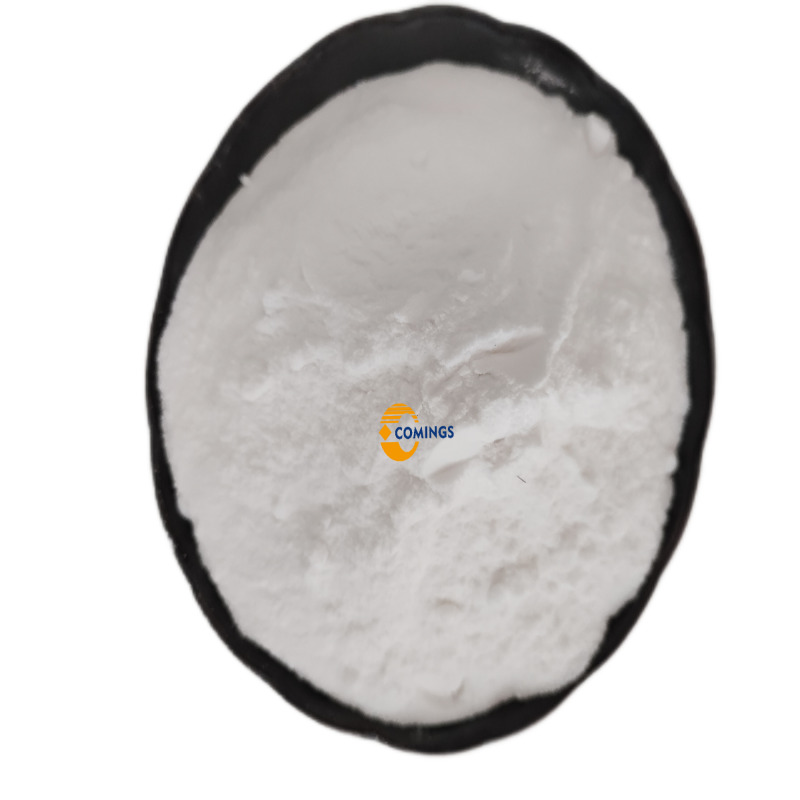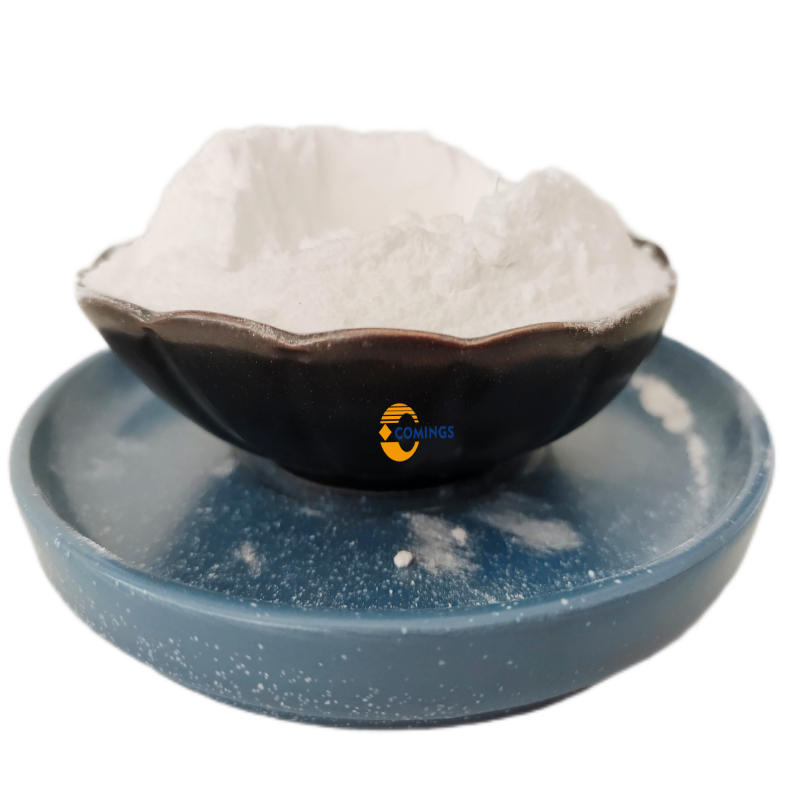-
Categories
-
Pharmaceutical Intermediates
-
Active Pharmaceutical Ingredients
-
Food Additives
- Industrial Coatings
- Agrochemicals
- Dyes and Pigments
- Surfactant
- Flavors and Fragrances
- Chemical Reagents
- Catalyst and Auxiliary
- Natural Products
- Inorganic Chemistry
-
Organic Chemistry
-
Biochemical Engineering
- Analytical Chemistry
-
Cosmetic Ingredient
- Water Treatment Chemical
-
Pharmaceutical Intermediates
Promotion
ECHEMI Mall
Wholesale
Weekly Price
Exhibition
News
-
Trade Service
Editor’s note iNature is China’s largest academic official account.
It is jointly created by the doctoral team of Tsinghua University, Harvard University, Chinese Academy of Sciences and other units.
The iNature Talent Official Account is now launched, focusing on talent recruitment, academic progress, scientific research information, interested parties can Long press or scan the QR code below to follow us
.
iNature avian influenza virus H7N9 rarely infects humans, but once it occurs, the mortality rate exceeds 30%, far exceeding severe acute respiratory syndrome coronavirus 2 (SARS-CoV-2)
.
Exposure to poultry is the main risk factor for human productive H7N9 infection, but occupational poultry workers account for only 7% of all cases, indicating that genetic factors may play a role in virus susceptibility
.
The continued transmission of these IAVs between humans has not been observed, which indicates the role of host genes
.
On August 20, 2021, Shu Yuelong of Sun Yat-sen University and Martin Schwemmle of University of Freiburg, Germany, jointly published a research paper entitled "Rare variant MX1 alleles increase human susceptibility to zoonotic H7N9 influenza virus" in Science Online, which uses whole-genome sequencing Comparing avian IAV H7N9 patients with healthy controls, it was observed that there is a strong association between H7N9 infection and the rare heterozygous single nucleotide variation in the MX1 gene
.
MX1 encodes myxovirus resistance protein A (MxA), an interferon-induced antiviral guanosine triphosphatase, which is known to control IAV infection in transgenic mice
.
Most MxA variants have lost the ability to inhibit avian IAV in the transfected human cell line, including H7N9
.
Almost all inactive MxA variants have a dominant negative effect on the antiviral function of wild-type MxA, indicating that there is an invalid MxA phenotype in heterozygous carriers
.
This study provides genetic evidence for the key role of MX1-based antiviral defense in controlling human zoonotic IAV infection
.
The Avian Influenza Virus (IAV) regularly crosses the species barrier and infects humans
.
Although such spills are rare, they may represent the source of new pandemic virus strains
.
One of the major poultry IAV zoonotic diseases in recent decades is caused by the H7N9 subtype
.
In the spring of 2013, the first fatal case was reported in the Yangtze River Delta of China
.
As of the end of 2020, a total of 1,568 confirmed laboratory cases have been reported, with a case fatality rate of approximately 39%
.
The zoonotic H7N9 virus has acquired several characteristics necessary to adapt to a mammalian host, including altered hemagglutinin (HA) receptor specificity and enhanced viral polymerase activity
.
Despite this, the molecular mechanisms that achieve cross-species transmission of avian IAVs are still not fully understood
.
Exposure to poultry is the main risk factor for human productive H7N9 infection, but occupational poultry workers account for only 7% of all cases, indicating that genetic factors may play a role in virus susceptibility
.
The study used whole-genome sequencing to compare avian IAV H7N9 patients with healthy controls and observed a strong association between H7N9 infection and rare heterozygous single-nucleotide variants in the MX1 gene
.
MX1 encodes myxovirus resistance protein A (MxA), an interferon-induced antiviral guanosine triphosphatase, which is known to control IAV infection in transgenic mice
.
Most MxA variants lose the ability to inhibit avian IAV in the transfected human cell line, including H7N9
.
Almost all inactive MxA variants have a dominant negative effect on the antiviral function of wild-type MxA, indicating that there is an invalid MxA phenotype in heterozygous carriers
.
This study provides genetic evidence for the key role of MX1-based antiviral defense in controlling human zoonotic IAV infection
.
Reference message: https://science.
sciencemag.
org/content/373/6557/918






